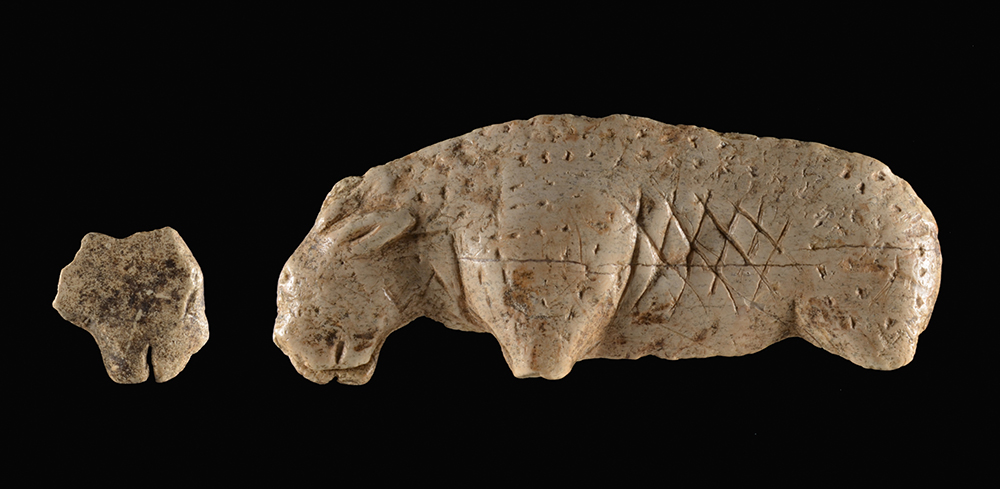Archaeologists from the University of Tübingen have discovered an ancient fragment of ivory, which belonged to a 40,000-year-old animal figurine. Both pieces were discovered in the Vogelherd cave located in the south west of Germany, which has produced a large number of astonishing works of art dating to the Ice Age. The mammoth ivory figurine depicting a lion was unveiled during excavations in 1931. The new fragment makes up one side of the figurine’s head. The sculpture may be viewed at the Tübingen University Museum from 30th July.
“The figurine depicts a lion,” says Professor Nicholas Conrad from Tübingen University’s Institute of Prehistory and Medieval Archaeology, and the Senckenberg Centre for Human Evolution and Palaeoenvironment Tübingen. “It is one of the most famous Ice Age works of art, and until now, we thought it was a relief, unique among these finds dating to the dawn of figurative art. The reconstructed figurine clearly is a three dimensional sculpture.”

The newly discovered fragment of the figurine was unearthed when today’s archaeologists revisited the work of the archaeologists back in the 1930s. “We have been carrying out renewed excavations and analysis at Vogelherd Cave for nearly ten years,” says Conard. “The site has yielded a wealth of objects that illuminate the development of early symbolic artifacts dating to the period when modern humans arrived in Europe and displaced the indigenous Neanderthals.” He says that the Vogelherd Cave has provided evidence of the world’s earliest art and music and is vital in the effort to make the caves of Swabian Jura a UNESCO World Heritage site.
Vogelherd is one of four caves located in the region where the world’s earliest figurines have been unearthed, dating back 40,000 years ago. Dozens of figurines have been discovered the Vogelherd Cave alone, and researchers are piecing together thousands of mammoth ivory fragments.
The lion figurine can be viewed at the University Museum in Hohentübingen Castle, Wed-Sun, 10am-5pm and Thursdays 10am-7pm.
Contributing Source: Universitaet Tübingen
Header Image Source: Wikimedia




